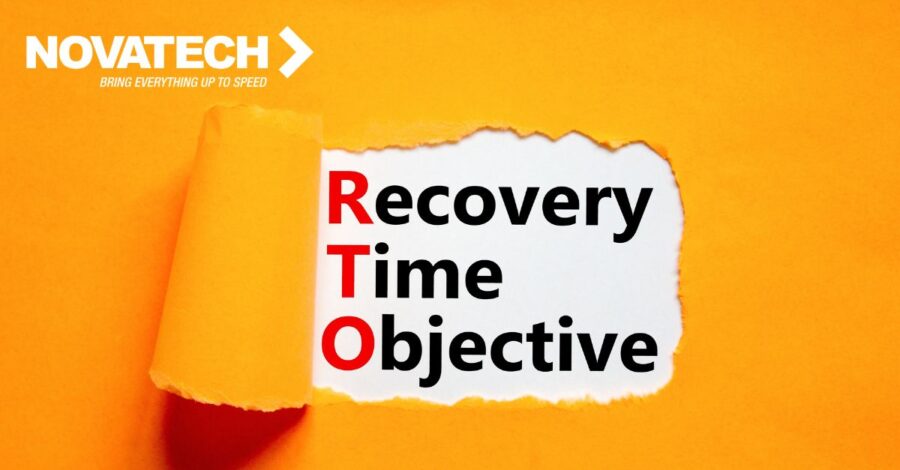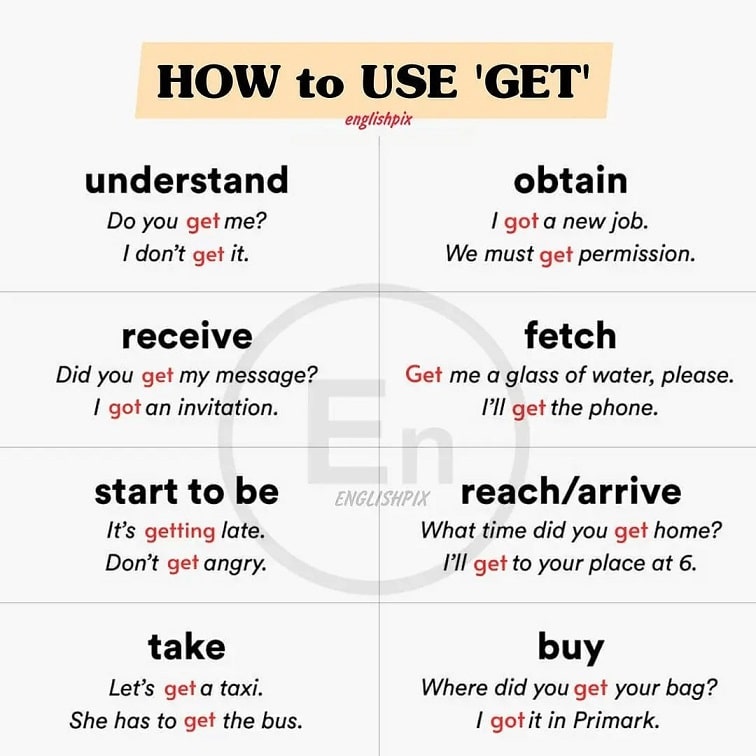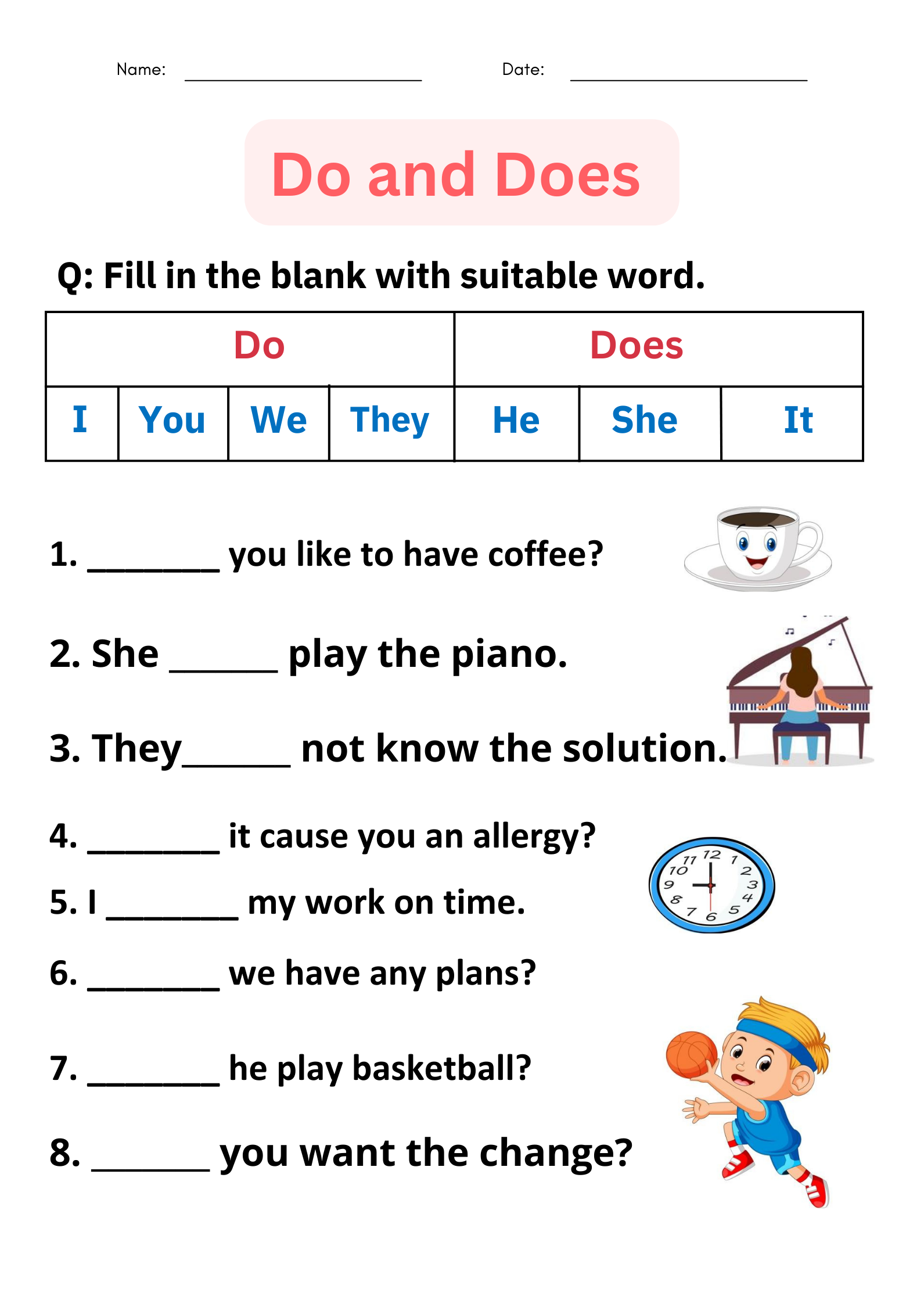Choosing the Best Visa Pathway for Canada: Your Comprehensive Guide to 2025 Options
Introduction: Navigating Canada’s Visa Landscape in 2025
Canada continues to attract individuals from around the world, thanks to its robust economy, high quality of life, and welcoming multicultural society. Whether you seek educational opportunities, career advancement, or permanent settlement, selecting the best Canadian visa can significantly influence your immigration experience. This guide explores the leading visa options for 2025, their requirements, application steps, and practical guidance to help you chart your path to Canada.
Understanding Canada’s Major Visa Pathways
Canada offers over 100 immigration and visa programs, each tailored to specific applicant backgrounds and goals. The most popular and accessible options in 2025 include:
- Express Entry (Skilled Worker Immigration)
- Provincial Nominee Programs (PNP)
- Family Sponsorship
- Study Permit
- Work Permits
- Business and Investor Immigration
Each pathway has distinct eligibility criteria, processing times, and long-term benefits. Your choice should align with your background, objectives, and readiness to meet specific requirements [4] .
1. Express Entry: The Gold Standard for Skilled Workers
The Express Entry system is Canada’s principal immigration stream for skilled workers seeking permanent residence (PR). It uses a points-based Comprehensive Ranking System (CRS) to evaluate candidates on factors like age, education, work experience, and language skills in English or French. Express Entry manages three federal programs:
- Federal Skilled Worker Program
- Federal Skilled Trades Program
- Canadian Experience Class
Key Benefits: Faster processing (typically 6-12 months), direct path to PR, and eligibility for most Canadian regions. Recent targets show Canada plans to welcome over 360,000 new immigrants annually between 2025 and 2027 [3] .
Eligibility: Candidates must generally have at least one year of skilled work experience, meet language proficiency requirements, and achieve a competitive CRS score. Age between 25-35 and higher education levels improve your chances [2] .
Application Steps:

Source: mywifequitherjob.com
- Complete an Educational Credential Assessment (ECA).
- Take an approved language test (IELTS, CELPIP, or TEF).
- Create an online Express Entry profile on the official Immigration, Refugees and Citizenship Canada (IRCC) portal.
- Receive an Invitation to Apply (ITA) if your CRS score is above the current cutoff.
- Submit your PR application and supporting documents.
Challenges: The system is highly competitive, and not all qualified candidates receive invitations. Improving your CRS score through additional education, job offers, or provincial nominations can boost your chances.
2. Provincial Nominee Programs (PNP): Regional Opportunities
PNPs allow Canadian provinces and territories to nominate candidates for PR based on local labor market needs. This pathway is ideal if your CRS score is lower or you have a strong connection to a specific province (such as a job offer, work experience, or family ties).
Key Benefits: Greater flexibility in eligibility and the potential for lower CRS requirements. Some PNP streams are aligned with Express Entry, offering faster processing.
Application Steps:
- Identify provinces where your occupation is in demand (e.g., British Columbia, Ontario, Alberta).
- Apply directly to the province’s PNP or select a PNP stream in your Express Entry profile.
- Receive a provincial nomination, which adds 600 points to your CRS score (if Express Entry aligned).
- Submit your PR application through IRCC.
Alternatives: If you’re not eligible for Express Entry, some provinces offer “base” PNP streams with different criteria.
3. Family Sponsorship: Reuniting Loved Ones
Canada places a strong emphasis on family reunification. Family Sponsorship enables Canadian citizens and permanent residents to bring their spouse, partner, children, parents, or grandparents to Canada as PRs. This pathway does not use the points-based CRS system, making it more accessible for many applicants [2] .
Key Benefits: No points-based competition and relatively straightforward eligibility if you have a qualifying sponsor.
Application Steps:
- Your Canadian sponsor submits a sponsorship application to IRCC.
- You submit a permanent residence application as the sponsored family member.
- Provide proof of relationship and meet financial support requirements.
Potential Challenges: Processing times can vary significantly based on the relationship category and country of origin. Some categories (such as parent and grandparent sponsorship) may have annual caps or lotteries.
4. Study Permit: Pathway for International Students
Canada’s Study Permit is the gateway for international students seeking world-class education. Upon graduation, many students qualify for a Post-Graduation Work Permit (PGWP) and can later transition to PR through Express Entry or PNPs.
Eligibility: Acceptance letter from a recognized Canadian institution, proof of funds, and medical clearance. Recent changes include a cap on new study permits and tightened PGWP eligibility [5] .
Application Steps:
- Secure admission to a Canadian college or university.
- Gather financial statements and supporting documents.
- Apply for a Study Permit through the official IRCC portal.
- After graduation, apply for a PGWP if eligible.
Alternative Approaches: Some private institutions or non-degree programs may be ineligible under new rules. Always verify the latest requirements before applying.

Source: bestbuy.com
5. Work Permits: Building Canadian Experience
Canada offers a range of work permits for foreign workers, both employer-specific and open. Gaining Canadian work experience can improve your eligibility for PR streams such as Express Entry or PNPs [1] .
Types of Work Permits:
- Employer-Specific Work Permit: Requires a valid job offer and, in most cases, a Labor Market Impact Assessment (LMIA).
- Open Work Permit: Available to spouses of skilled workers or international students.
Application Steps:
- Secure a job offer from a Canadian employer (if required).
- Employer completes LMIA process if necessary.
- Apply for the work permit through IRCC.
Recent Changes: In 2025, stricter limits apply to low-wage temporary foreign workers and spouses of temporary residents [5] .
How to Choose the Best Visa for Your Situation
The best visa to apply for Canada depends on your unique circumstances. Consider:
- Your occupation and work experience : Skilled professionals often benefit most from Express Entry or PNPs.
- Family in Canada : Family Sponsorship is often fastest and least restrictive if you have eligible relatives.
- Age and education : Younger, highly educated applicants score higher in Express Entry.
- Desire to study : A Study Permit is best if your primary goal is education.
- Entrepreneurship : Consider business or investor streams.
For a personalized assessment, use the “Come to Canada” tool on the official IRCC website. Search for “IRCC Come to Canada tool” for a step-by-step eligibility evaluation.
Step-by-Step Application Guidance
Regardless of the pathway, a typical Canadian visa application involves:
- Researching the most suitable programs using the official IRCC website or trusted immigration consultants.
- Gathering all required documents (education, work experience, language results, proof of funds, etc.).
- Completing online application forms and uploading documents via the IRCC portal.
- Paying required fees and submitting biometrics if needed.
- Responding promptly to any additional information requests from IRCC.
- Attending medical exams or interviews if required.
- Tracking your application’s progress through your IRCC account.
If you need legal or procedural assistance, consider contacting an authorized immigration consultant or lawyer. You can find licensed practitioners on the Immigration Consultants of Canada Regulatory Council (ICCRC) directory by searching “ICCRC consultant lookup.” Always avoid unlicensed agents or unofficial sources.
Recent Policy Updates and Alternatives
Canada’s immigration landscape is evolving. Key updates for 2025 include:
- International Student Cap: A national cap on new study permits may affect availability. Check with your intended institution regarding your eligibility [5] .
- PGWP (Post-Graduation Work Permit) Changes: Tighter eligibility may impact some graduates.
- Temporary Foreign Worker Program: New wage floors and hiring caps for low-wage jobs.
If you are ineligible for your preferred stream, consider:
- Alternative provinces with lower PNP thresholds.
- Enhancing your language proficiency or education.
- Gaining additional work experience or a job offer in Canada.
- Exploring family sponsorship or humanitarian programs as applicable.
Key Takeaways
The best Canadian visa for you is the one that matches your qualifications, goals, and personal situation. Skilled workers often pursue Express Entry or PNPs, while family members can benefit from sponsorship routes. International students enjoy strong post-graduation pathways, but must adapt to changing rules. Always use official government resources and authorized representatives to guide your journey. Stay informed of policy changes, and prepare your documentation thoroughly for the best chance of success.
References
- [1] VisaValley (2025). Canada Immigration: A Complete Guide to Visa Options in 2025.
- [2] IAS Services (2025). Easiest Ways to Immigrate to Canada in 2025.
- [3] CanadaVisa (2025). Canada Immigration: Explore Your PR Visa Options.
- [4] Immigration, Refugees and Citizenship Canada (2025). Live in Canada permanently.
- [5] Government of Canada (2024). 2025-2027 Immigration Levels Plan.
MORE FROM mumsearch.com













